
scrounge: /skrounj/ informal verb: to actively seek [books] from any available source
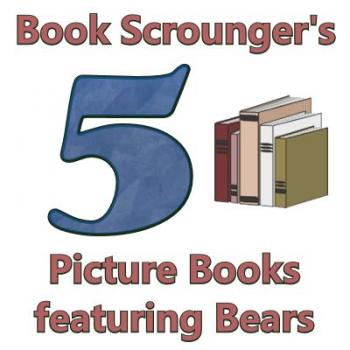
Perhaps it's because they were the inspiration for cute and cuddly teddy bears, but bears have been a mainstay in children's literature, especially since that famous bear of "very little brain," Winnie the Pooh. Here are some of our favorite picture books that feature bears as the main character(s):
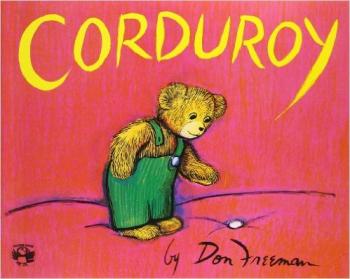
1. Though it's a long-time classic, I didn't discover Corduroy until adulthood, but my children and I have really enjoyed it. It's nostalgic in terms of the way that many children look at their toys -- as sentient beings that must be loved and given a good home. In the end, despite his missing button, Corduroy is united with a caring owner who loves him just the way he is.
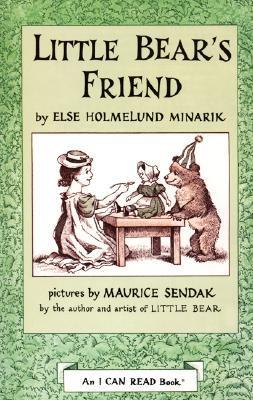
2. Little Bear's Friend is a childhood favorite of mine, and I'm sure of many others who have also practiced their reading skills on these books. Written by Else Holmelund Minarik, they are illustrated by Maurice Sendak, which is why Little Bear bears a slight resemblance to Max from Where the Wild Things Are. This book contains four short chapters involving Little Bear's interactions with some of his friends, especially a little girl he meets named Emily, and her doll Lucy.
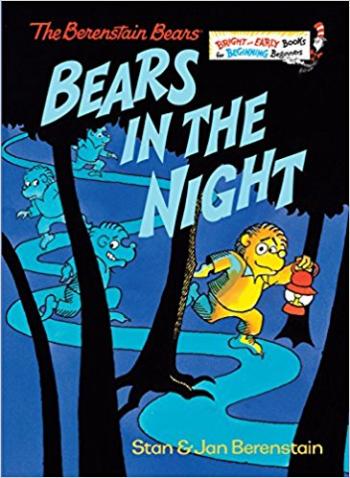
3. I grew up reading the popular Berenstain Bears series, and this book is something of a spin-off from that, but Bears in the Night is worded simply for preschool-aged children, and is all about demonstrating prepositions. When a bunch of bears are sleeping in bed, they hear a "Whoo!" sound, and creep out the window to investigate. They also go around the lake, through some woods, and up a hill -- then quickly back through it all again when the owl hoots loudly at them!
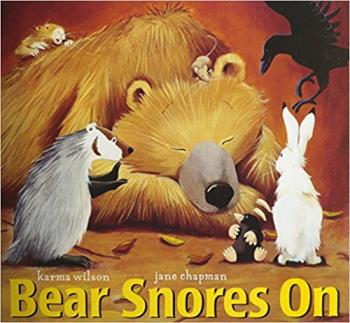
4. Bear Snores On, by Karma Wilson, is an adorable story written in rhyme (with a consistent meter too - yay!), in which a party develops in bear's den while he sleeps winter away. One after another, his friends show up and begin cooking and making merry -- but as the title says, bear snores on. Young children might enjoy repeating the refrain as it comes up. A fun winter tale for preschoolers.
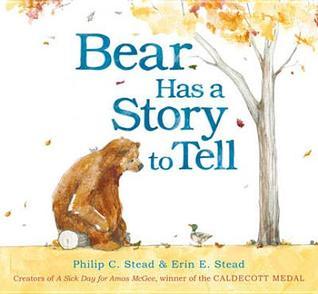
5. By the talented Stead couple, Bear Has a Story to Tell is a cute story of bear and his friends which, like the book above, involves hibernation. Bear has a story to tell his friends, but they are all busy getting ready for winter. So bear helps them. By the time spring comes, bear can't remember his story! Can his friends help him?
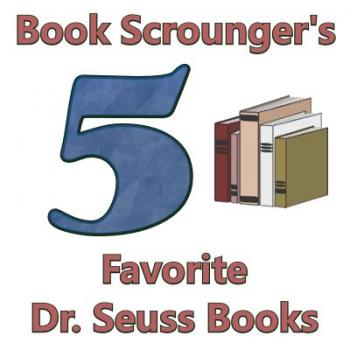
I grew up with Dr. Seuss -- I remember my mom reading me The Cat in the Hat, and I spent plenty of time reading his books to siblings, and then to my own kids. I've probably got Hop on Pop memorized, and can do a pretty fast rendition of Fox in Socks by now.
Coming up with my top 5 Dr. Seuss books was hard, but I did my best. Here they are, starting with 5:
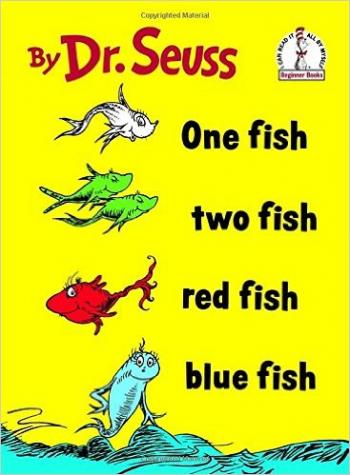
5. One Fish, Two Fish, Red Fish, Blue Fish is one of the "beginnger books" that I grew up with. But I don't believe we ever owned it, so I didn't come to know it forwards and backwards like some of the others -- I think that added to its appeal. This book is basically a celebration of weird creatures that Dr. Seuss has invented, explained by the tagline "From there to here, from here to there, funny things are everywhere." It features such favorites as the Yink who drinks pink ink, the Zans for cans, the Yop who likes to hop, as well as other memorable inventions that remain unnamed.
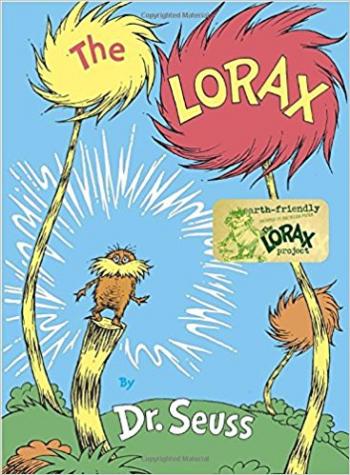
4. The Lorax is one Dr. Seuss book that I didn't encounter until I was an adult. I'd heard of it, of course, since it was made into a movie, and knew it had something to do with trees, but that was about it. The story speaks fairly bluntly to our materialism and consumerism, and yet it doesn't feel overdone. Seuss knew how to make use of absurdity and hyperbole with just enough reality thrown in to drive his point home.
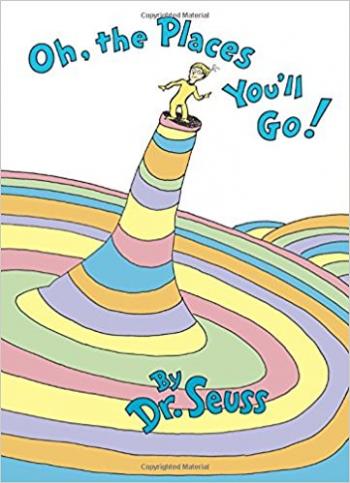
3. It's a common graduation gift, but Oh, the Places You'll Go! is another that I didn't read until adulthood. It's a celebration of freedom and potential, declaring "You have brains in your head. You have feet in your shoes. You can steer yourself any direction you choose." It promotes self-determination, persistence, and courage, while also giving encouragement for the difficult, lonely, and confusing times of life (because they will come). I think it still has a lot to say to those of us who are long out of college, and in such creative, evocative, and sometimes absurd ways.
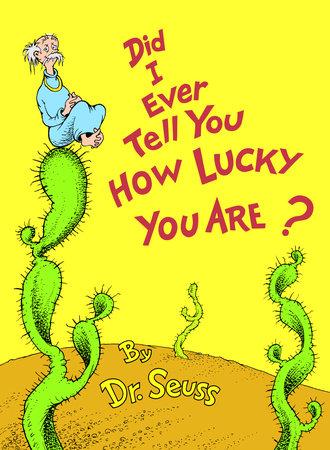
2. I'm pretty sure Did I Ever Tell You How Lucky You Are? was the first Dr. Seuss book I ever personally owned, so it holds a special place in my heart. My copy is falling apart now, but I still don't have the heart to throw it in the recycling bin. It's full of wacky, absurd situations (some of them quite intricately illustrated) in which someone is stuck in a difficult position (though often humorously so), which is then used to point out that some people are "ever so muchly much much more unlucky than you." Some may see this as being dismissive, but I think this is far too silly and crazy to be taken that seriously. I think it was just a way for Dr. Seuss to make up a whole bunch of weird scenarios for the fun of it. I also never knew it was possible to feel bad for a coat hanger.
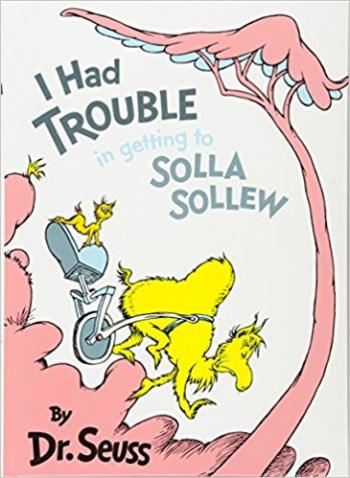
1. I Had Trouble in Getting to Solla Sollew is my all-time favorite Dr. Seuss book, hands down. It's the story of a... well... a Seussical creature who lives in a place where he's constantly getting attacked by other Seussical creatures with strange names. But then he hears the tale of a place called Solla Sollew, "where they never have troubles, at least very few." So off he goes in search of this Seussian utopia, but he finds the journey to be anything but easy. After many detours and setbacks, he finally arrives at his destination, and finds that there's only one tiny trouble -- but it prevents him from getting in. The message I took from the story is that you can't run away from your troubles -- in the end, he learns to face them. As a kid, while I appreciated the ending, it also gave me this sad feeling -- like, I really wanted to see what was inside Solla Sollew. It looked so amazing. It was like realizing utopia isn't real, which I guess is just the kind of let-down we all need at some point. But sometimes I would still have dreams about it, like the Seussical creature did -- what would it be like to fall asleep on a pile of marshmallow-stuffed pillows? Probably we don't have to invent utopia to find out.
Of course, there are others. I also really like How the Grinch Stole Christmas! (review here), Oh, the Thinks You Can Think!, and If I Ran the Circus!, among others. But I decided five was all I could try and rank for now -- more would be too difficult!
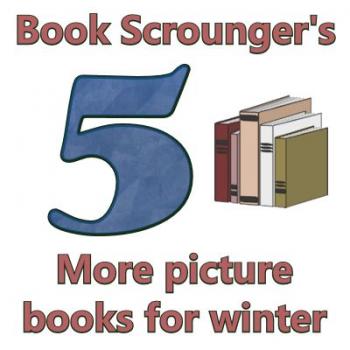
Like my previous "winter" post, 5 Picture Books for Winter, this sequel post focuses on some picture books that take place during wintertime -- featuring snow, chills, and even a large blizzard!
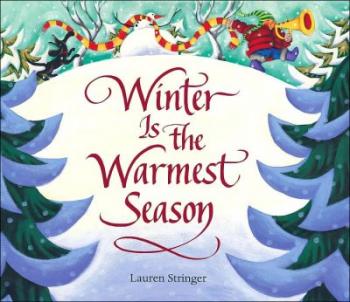
The title of Winter Is the Warmest Season, by Lauren Stringer, gave me pause when I first noticed it. Not being a huge winter fan myself, I decided I had to at least read it to see how this seeming contradiction could be true. Overall it's a nice exploration of all the ways in which winter becomes cozy and warm due to our efforts to counteract the chill. Full review here.
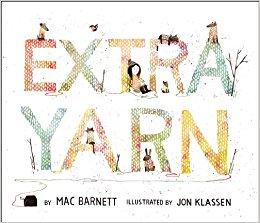
While Extra Yarn is not about winter per se, it takes place in a small village that is drawn in contrasting tones of black (soot) and white (snow). Annabelle's box of never-ending yarn helps to add lovely pastel-colored cheer to the otherwise dismal place. A charming story by Mac Barnett with beautiful illustrations by Jon Klassen -- full review here.
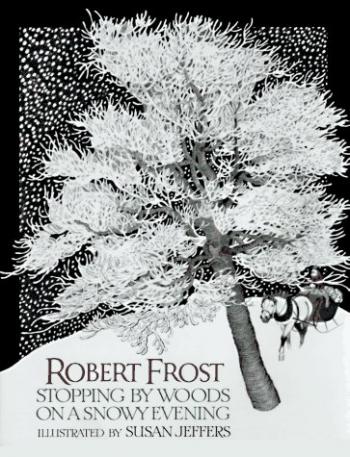
Stopping by Woods on a Snowy Evening is one of my favorite Robert Frost poems, and one that I remember memorizing as a child. This book simply illustrates this classic poem, relating a man's decision to just stop and watch some woods "fill up with snow." Until he decides he must move on, because "I have promises to keep, and miles to go before I sleep..." Illustrated by Susan Jeffers.
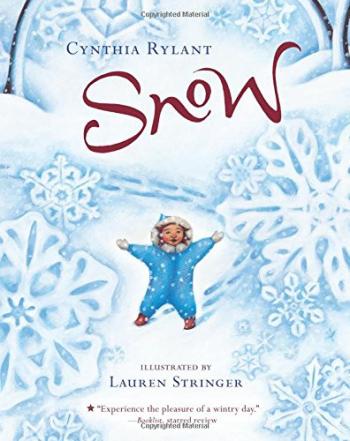
Snow is Cynthia Rylant's lyrical ode to snow in its many forms and uses, celebrating the way the world seems to slow down just a bit when those flakes start falling. It's illustrated by Lauren Stringer, who also wrote and illustrated Winter Is the Warmest Season, above.
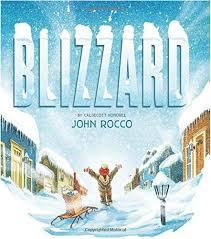
Blizzard is John Rocco's account of a giant blizzard he experienced as a boy growing up in Rhode Island. Forty inches of snow fell on his town, and after a few days of dwindling food supplies, John decided to find some snowshoes and make the journey to the store so his family could have milk in their cocoa again. This story does a good job of portraying a child's sense of adventure and curiosity during a new experience like this. Full review here.
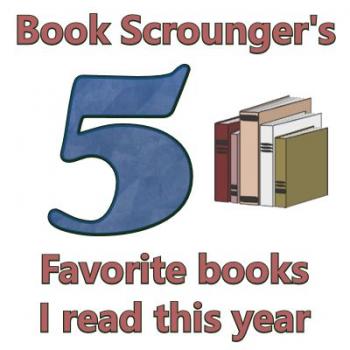
This was a great year for reading, so it's going to be really difficult to narrow it down to only five favorites, between adult books, children's chapter books, and many picture books. But I'll give it a shot. This isn't limited to books published this year, just ones I've read.
In no particular order:
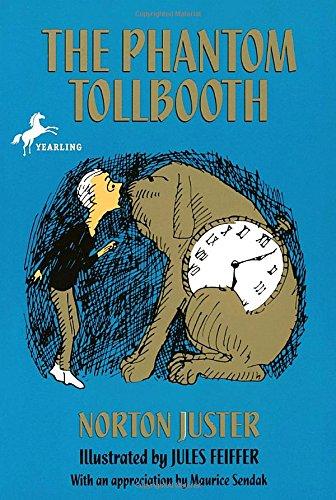
1. I'd certainly heard of The Phantom Tollbooth before, but I thought it sounded like a ghost story. But it's not -- it's basically a geek's paradise -- full of word play, fun with mathematics, etc. Have you ever wondered what it would be like if sounds had colors -- like if an orchestra played the sunrise? Or what it would be like to collect sounds? It's basically "Synesthesia: the novel." It begins with a boy named Milo who is completely bored with life, until he receives a strange tollbooth which gives him access to a land full of eccentric characters and kingdoms. He is basically learning the value and fun of education, but not in a manner than uses words like "education" at all. I definitely had fun reading this, and will look forward to reading it again, or to a child someday.
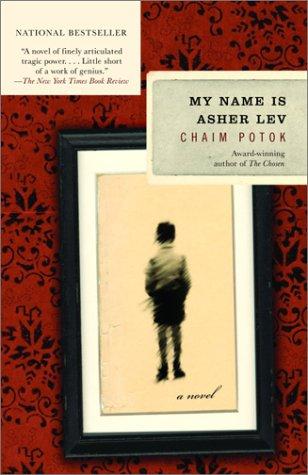
2. My Name Is Asher Lev was my introduction to Jewish author Chaim Potok. It's the story of a Hasidic boy who is compelled to draw from a young age, eventually aspiring to become a painter. But his vocation is at odds with his authoritarian culture, and his father especially is not reconciled to Asher's "gift," especially when it involves him painting things like nudes and, eventually, crucifixes. I really appreciated the exploration of the tension between Asher's religion and culture and his quest for artistic honesty. His conflict with his father is especially interesting, and I felt both characters were portrayed sympathetically, neither as a monolith. After this I read the sequel, The Gift of Asher Lev, which I didn't find quite as good but still explores similar themes with an adult Asher, in the same contemplative style. This also led me to pick up another duo by Chaim Potok: The Chosen and The Promise.
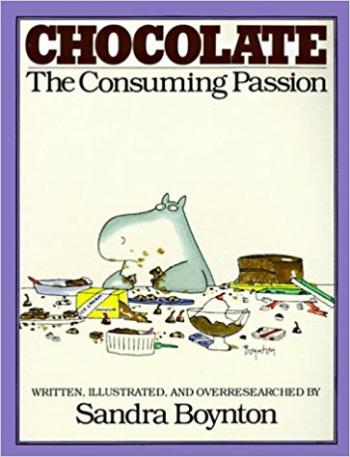
3. This was a fun one. Chocolate: The Consuming Passion was the piece that I never knew was missing from the intersection of two of my favorite pleasures: reading and chocolate. My introduction to Sandra Boynton came through her cute board books like Moo Baa La La La, so I was excited to find her wry hippos, cows, and other animals here to make smart alecky comments about chocolate. There is a fair amount of actual information in this book, including recipes, types of chocolate, and info about how chocolate is made, complete with cartoons and humorous lists and captions. It's a little bit dated in the sense that chocolate labeling has changed a bit since the 80s ("percent cacao" doesn't seem to have been a thing then), but that doesn't take away any from the hilarity. Overall, this book is a humorous celebration about how amazing chocolate is, and how you can never have too much of it and, as with books, I can get behind that.
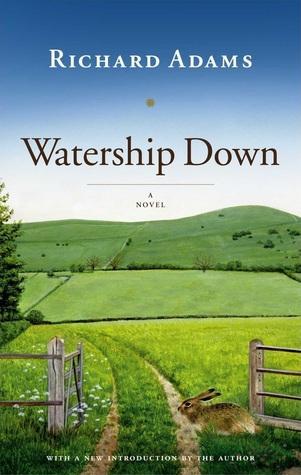
2. I probably never would have thought of the words "epic" and "rabbits" as belonging together, but Watership Down by Richard Adams is enough to change my mind. It's a long story that never feels overlong, about an intrepid band of rabbits that escapes just in time from certain death, and sets out on their own to try and start their own warren. Along the way they face many obstacles, but they don't give up. My full review can be read here.
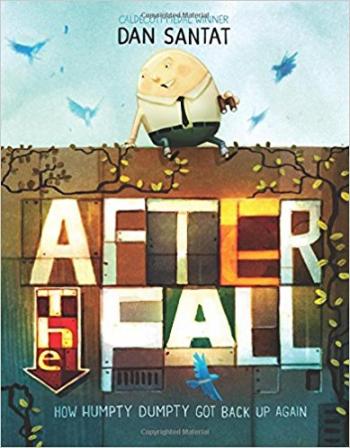
1. I wasn't going to include a picture book here, but why not? I've certainly read more of them this year than chapter books, so I'd have to say this is my favorite picture book of the year, and certainly of those published this year. After the Fall is the story of what happened to Humpty Dumpty after "the great fall." He develops a fear of heights that makes it difficult for him to do many of the things he used to enjoy. This story, though it has moments of humor, takes seriously the real-life effects that a traumatic event can produce. Because of that, it makes the ending that much sweeter and more brilliant. Full review here.
Honorable mentions: because there were so many other good ones:
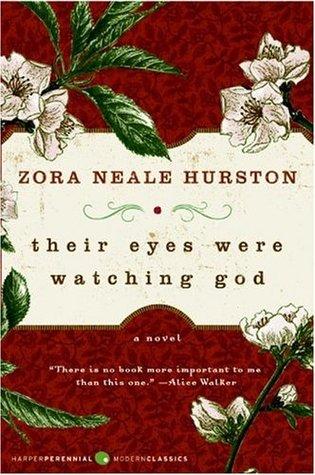
Their Eyes Were Watching God, by Zora Neale Hurston. I'll have a proper review coming sometime next year.
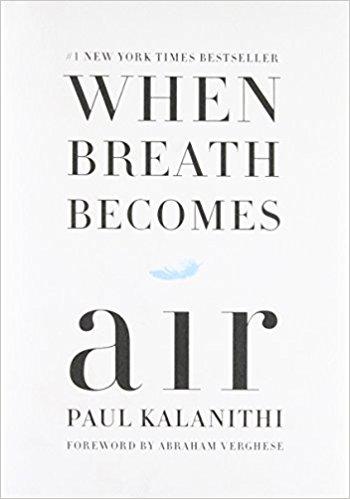
When Breath Becomes Air, by Paul Kalanithi, is a memoir by a talented neurosurgeon whose life was tragically cut short by cancer before he reached his 40s. This is his take on life, medicine, science, love, and other subjects, and how he tries to live his best life while dying.
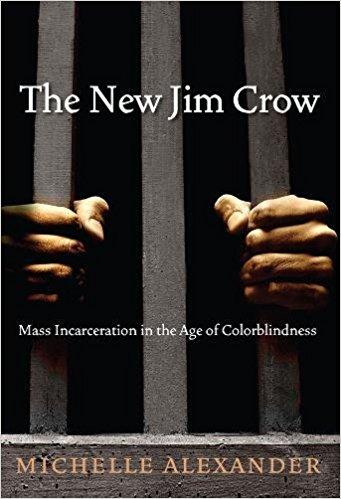
The New Jim Crow, by Michelle Alexander, is a very powerful, necessary, and eye-opening look at racial issues in the United States -- specifically, how black people (primarily men) are imprisoned at a much higher rate than white men for committing the same types of crimes.
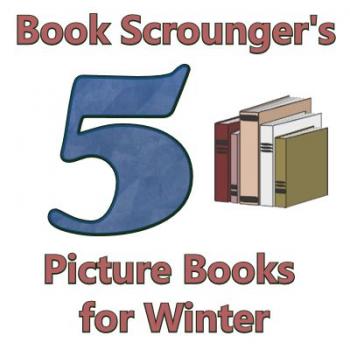
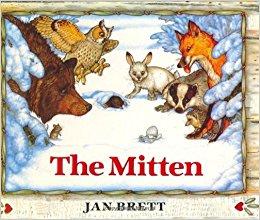
The Mitten was my introduction to Jan Brett. I love all of her warm, detailed illustrations. In this story (which relies on a bit of imagination), a mitten is lost and one animal after another decides it would be a nice place to get warm -- even a large bear! We have this in board book form, and both kids enjoy it.
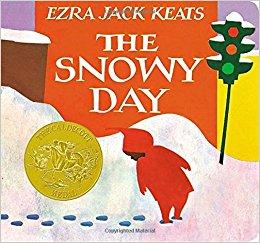
How could I not include The Snowy Day? This classic by Ezra Jack Keats won the Caldecott Medal in 1963, and continues to capture the joy of discovery in a landscape of newly fallen snow. As fun as Peter's explorations are, I can totally relate to the part where he sits in the tub afterwards and thinks about his adventures. Peter is a curious, thoughtful child, and I love how after his experiences on the first day, he decides to go out again -- this time sharing it with a friend.
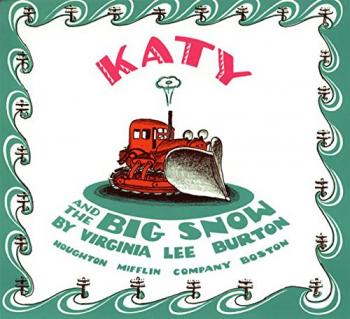
Katy and the Big Snow is my favorite of Virginia Lee Burton's picture books. Not just because I live in a land of much snow and plow trucks become ubiquitous round about December, but also because it seems most books about big machinery and "hard work" tend to feature male characters, and so it's wonderful to see an exception. Katy just goes and goes... she has a no-nonsense "get it done" attitude and many New Englanders can relate to the need for that during the winter.
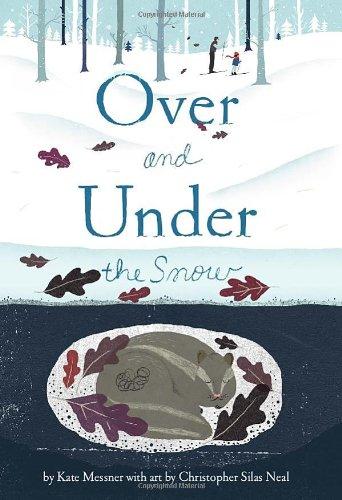
For a look at what animals do during the winter, Over and Under the Snow (by Kate Messner) features a parent and child skiing through the woods as the framing for introducing young readers to the "secret kingdom under the snow." See my full review here.
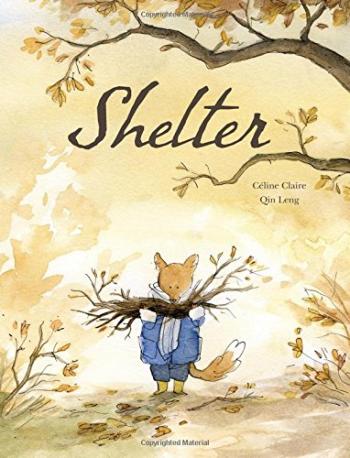
Shelter is a beautifully illustratred story of woodland animals preparing for a winter storm (originally written in French by Celine Claire). When strangers come through their neighborhood asking for shelter, will they receive compassion, or not? See my full review here.


